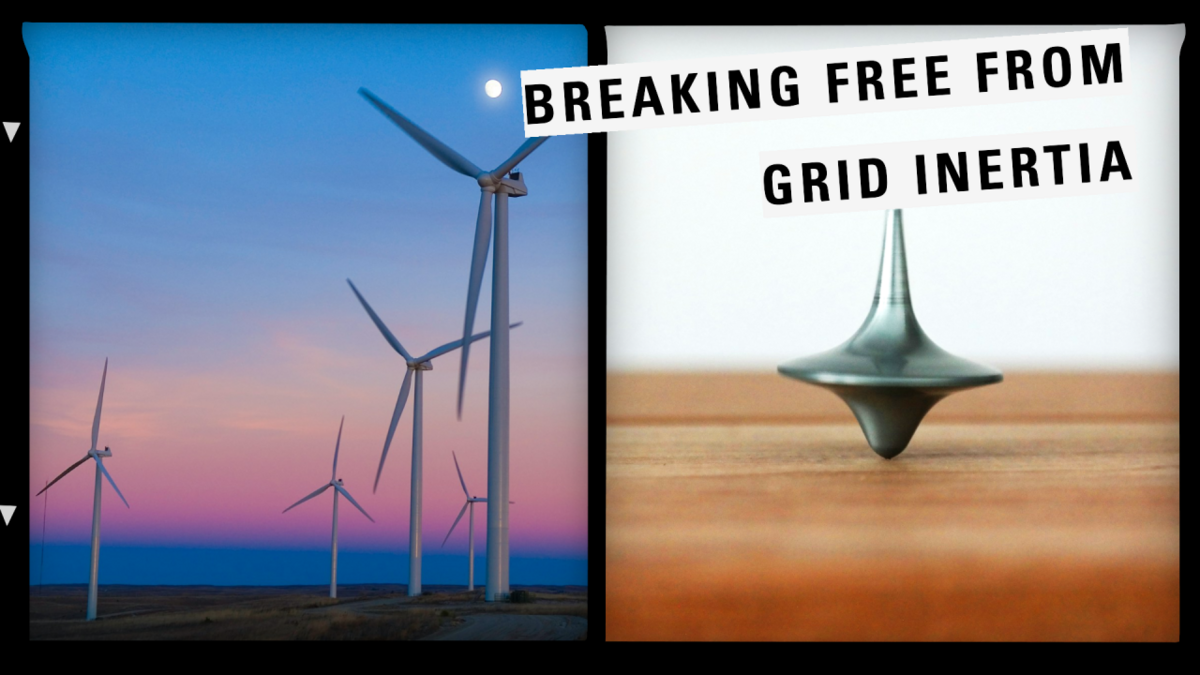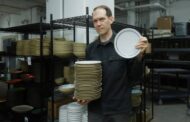As the world increasingly shifts towards renewable energy sources, the dynamics of power grids are undergoing significant changes. Traditional power generation is being supplemented, and in many cases, replaced by renewable sources. While this transition is key for reducing carbon footprints, it brings another set of technical challenges – one of the most critical being the impact on grid inertia.
Understanding Grid Inertia
Grid inertia refers to the resistance of the power system to changes in frequency. The rotating masses of large generators in conventional power plants primarily provide it. These rotating masses store kinetic energy, which helps stabilize the grid by balancing supply and demand fluctuations. High inertia means the system can better withstand sudden disturbances, such as a generator tripping or a sudden surge in demand.
Frequent changes in a grid with high inertia are slow, giving grid operators time to respond and take corrective actions. Conversely, low inertia results in rapid frequency changes, increasing the risk of system instability and blackouts.
The Impact of Renewable Energy
Renewable energy sources, especially wind and solar, inherently lack the same level of inertia support that traditional power plants provide. Solar panels and wind turbines typically use power electronics to convert their output to the grid frequency, decoupling them from the mechanical inertia of rotating masses. This leads to a decrease in grid inertia as the share of renewables in the energy mix increases.
Key Impacts
1. Frequency Stability: Reduced inertia leads to faster frequency deviations during disturbances, challenging the grid’s ability to maintain stable operation. If grid frequency drops below a specified threshold, it may trigger ‘Under Frequency Load Shedding’ (UFLS), potentially causing supply disruptions.
2. Operational Complexity: Grid operators face increased complexity in managing the balance between supply and demand due to the variability and unpredictability of renewable generation. Recurring oscillations also lead to accelerated wear and tear of rotating parts, thus reducing the standard lifespan of generators.
3. Reliability Concerns: Lower inertia can compromise the reliability of the power system, increasing the risk of tripping, blackouts, and other power quality issues.
Addressing the Challenges
Stable frequency is a key requirement for maintaining a secure and reliable power system. Several key regulatory bodies have emphasized the need for ‘Primary Frequency Response.’
On 26 March 2020, the Australian Energy Market Commission (AEMC) made a final rule to require all scheduled and semi-scheduled generators in the NEM to support the secure operation of the power system by responding automatically to changes in power system frequency.
Based on FERC order 693, ERCOT requires all new interconnecting generators (both traditional and renewable sources) to provide primary frequency response or to increase or decrease real power output immediately to stabilize frequency.
With the growing integration of renewable energy, several measures can be adopted to support grid inertia:
1. Synchronous Condensers: Synchronous condensers are large rotating machines that provide mechanical inertia and reactive power support without generating active power. Their spinning mass helps to stabilize grid frequency by damping oscillations during disturbances, ensuring a more stable and resilient power grid.
2. Synthetic Inertia: Advanced power electronics can generate synthetic inertia by boosting output in response to frequency drops, simulating the inertial response of traditional generators. Wind turbines and solar inverters can be programmed to respond promptly to frequency fluctuations, helping to stabilize the grid. Real-time data and sophisticated algorithms can help operators effectively predict and react to fluctuations.
3. Energy Storage Systems: Energy storage systems (ESS), like batteries and flywheels, can quickly respond to frequency changes. These systems can replicate inertial response and help balance supply and demand by storing energy and discharging it as needed.
4. Grid-Forming Inverters: Grid-forming inverters (GFIs) enables renewable energy sources to contribute to grid stability. GFIs can control voltage and frequency, providing support like conventional generators. GFIs utilize actively monitored feedback control to maintain the frequency and voltage stability of the grid, thus providing a real-time inertial response to the disturbances.
5. Demand Response: Demand response programs can help balance the grid by adjusting the demand side of the equation. It can mitigate the impact of reduced inertia by encouraging consumers to lower or shift their electricity usage during peak demand or periods of grid stress
6. Hybrid Systems: Integrating renewable generation with traditional generation or energy storage in hybrid power plants can harness the advantages of both systems. For instance, pairing wind power plants with battery storage can ensure a more stable output and provide the necessary inertia to the grid. Also, flywheels can be connected to synchronous condensers to support additional inertia requirements.
7. Policy and Market Mechanisms: Policymakers can facilitate the integration of advanced technologies and promote practices that improve grid inertia. Financial incentives for synthetic inertia and other grid support services can be offered through ancillary services markets.
Conclusion
While transitioning to a renewable-based power grid presents challenges, the benefits significantly surpass the risks. By addressing the impact of reduced grid inertia through a combination of technical, policy, and market solutions, stable and reliable power grid operations can be achieved.
Embracing innovation and collaboration will be important in navigating this transition and achieving a sustainable energy future.










